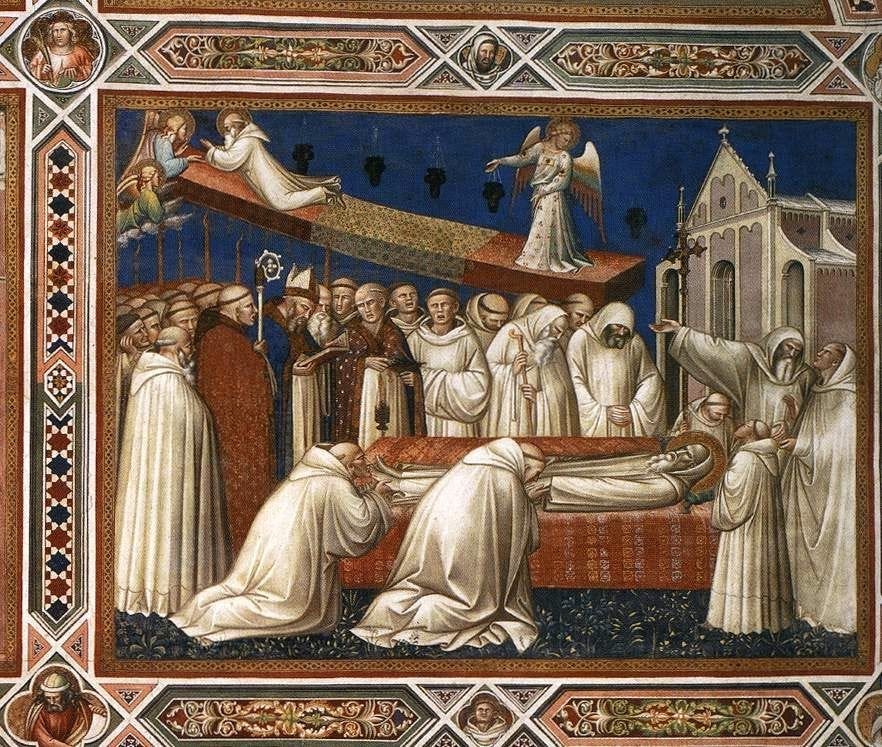
Hey everybody,
Today is Tuesday in Lent’s fourth week, and you’re reading The Tuesday Pillar Post.
First, some good news — we have almost made it to the end of Lent!
Soon, in early April, we’ll celebrate Palm Sunday, Holy Week, and then the gift…

Hey everybody,
Today is Tuesday in Lent’s fourth week, and you’re reading The Tuesday Pillar Post.
First, some good news — we have almost made it to the end of Lent!
Soon, in early April, we’ll celebrate Palm Sunday, Holy Week, and then the gift…